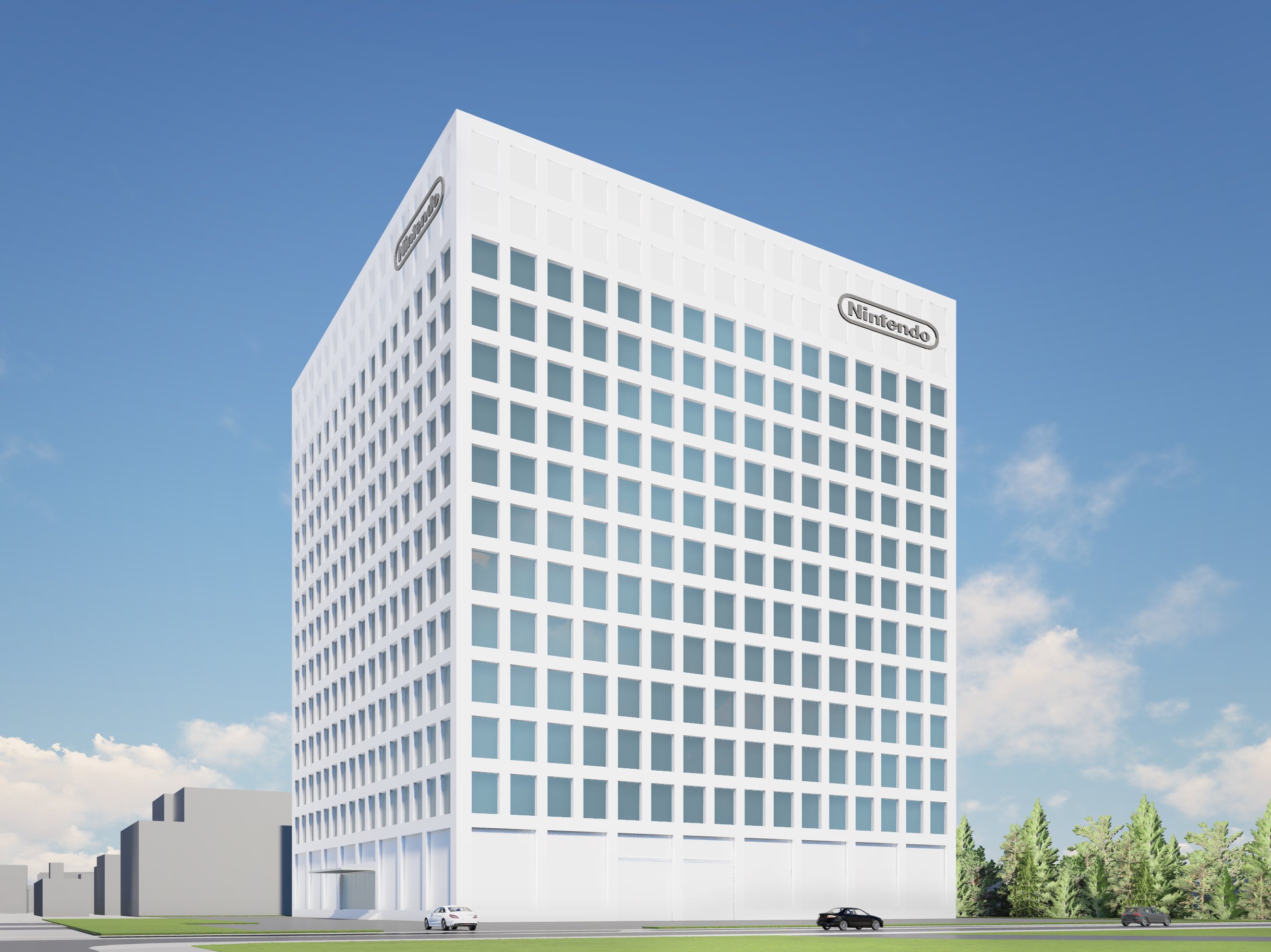Nintendo Co., Ltd. (HQ: Kyoto, Minami-ku, Japan; Representative Director and President: Shuntaro Furukawa, “Nintendo” hereafter) today announced that it has been selected as the business operator for effective use of the Kyoto-city owned land (land of former Foundation Support Factory and former Material and Disaster Prevention Center) which was recruited by the city of Kyoto from December 8, 2021. Nintendo will be acquiring and utilizing the land.
Overview of the acquiring land
Location: 11-2-5 Hokotate-cho, Kamitoba, Minami-ku, Kyoto, Japan
Site area: 10,028.55㎡
(former Foundation Support Factory: 3,110.91㎡, former Material and Disaster Prevention Center: 6,917.64㎡)
2. Bidding Price: 5,000,000,000 Yen
3. Usage of the land
Facility name: Corporate Headquarters Development Center, Building No. 2 (tentative name)
Objective of the facility: R&D reinforcement
Floor area: Approximately 38,000㎡
Structure and height: 12 floor steel framed building, approximately 72m of height
Planned completion date: December 2027
Perspective drawing of “Corporate Headquarters Development Center, Building No. 2” (tentative name)
Along with the R&D investments and capital investments, Nintendo believes acquiring and utilizing this land will carry an important role on reinforcing its R&D.
Grazie a questo nuovo edificio dedicato interamente allo sviluppo, da qui fino a dicembre 2027 (mi sembrano tanti 5 anni, magari sono stati larghi) Nintendo potrebbe quasi raddoppiare di organico per lo sviluppo software. Ricordo anche che entro quest'estate dovrebbero aprire anche i due nuovi piani che Nintendo ha affittato in un nuovo palazzo costruito di fianco alla sede e uno studio in uno delle aree interne della sede.











